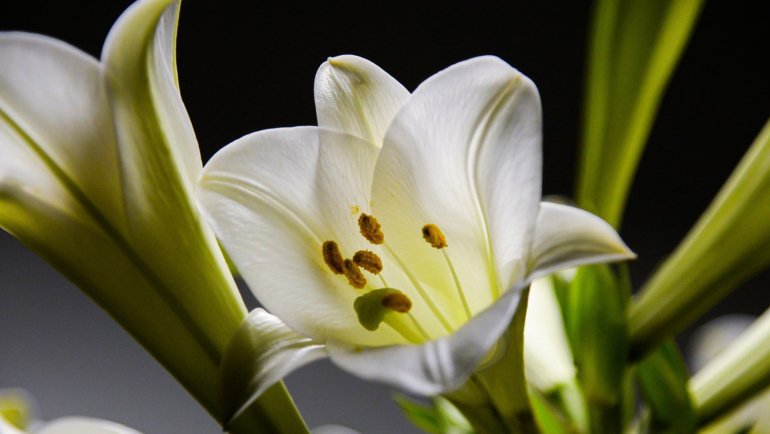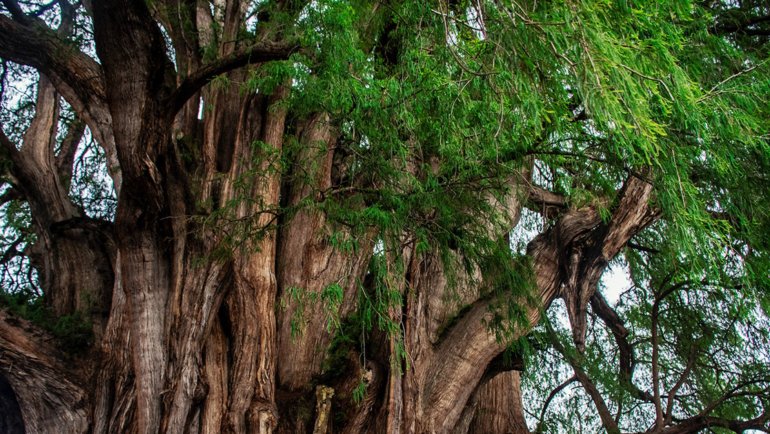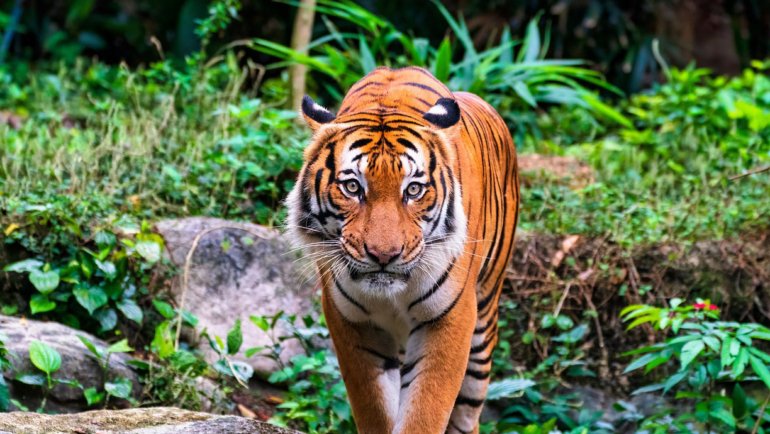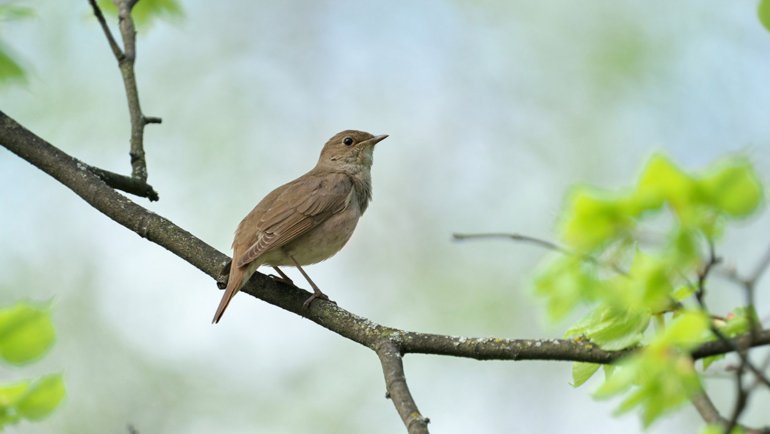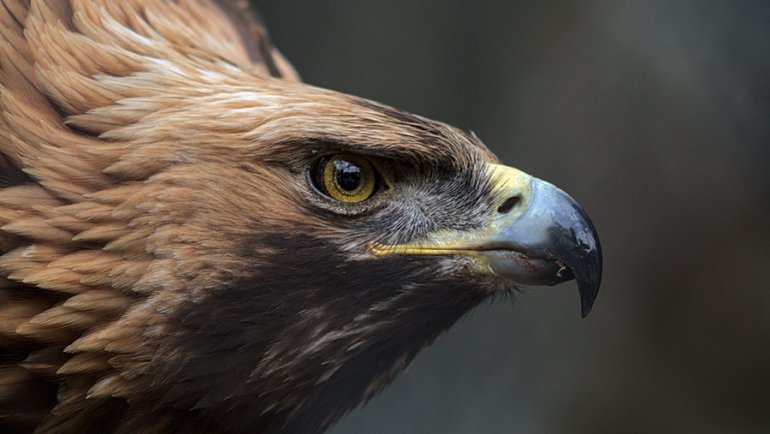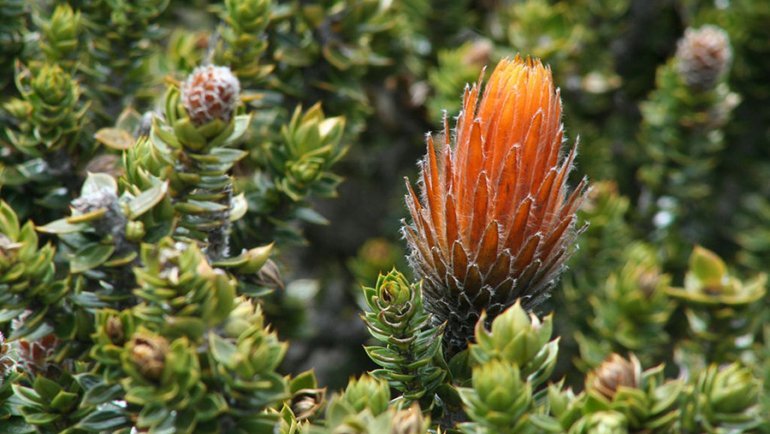Ecuador, a biodiverse paradise situated along the equator, is home to a myriad of unique species. However, towering above the rest and reigning supreme over the Andean skies is the magnificent Andean Condor. With a wingspan that stretches wider than most cars are long, this raptor is a master of the sky and a symbol of Ecuadorian pride.
Did you know that despite its massive size, the Andean Condor spends up to 90% of its time soaring in the air, rarely flapping its wings? Let’s delve deeper into the world of this intriguing avian giant.
Quick Info About The Andean Condor
| Scientific Name: | Vultur gryphus |
| Average Size: | Wingspan: 8.2 to 10.5 ft (2.5 to 3.2 m) |
| Average Weight: | Males: 24-33 lbs (11-15 kg), Females: 17-24 lbs (8-11 kg) |
| Average Lifespan: | Up to 50 years in the wild, can exceed 70 years in captivity |
| Geographical Range: | Throughout the Andes mountain range, from Venezuela in the north to Tierra del Fuego in the south |
| Habitat: | Mountainous regions, upland grasslands, and coastal regions, from 3,000 to 16,000 ft (900 to 5,000 m) |
| Conservation Status: | Vulnerable (IUCN Red List) |
Meet The Andean Condor, National Animal of Ecuador
Majestic, mighty, and revered, the Andean Condor is not just a bird; it’s a symbol of strength and freedom. With a bald head characteristic of many vultures, its appearance is distinctive and easily recognizable.
The condor’s head and neck have a minimal covering, ranging in color from red to black, and can change hues based on the bird’s emotional state. Adding to its striking look are white patches of feathers around the neck and, in males, large white sections on the wings, contrasting sharply against its otherwise dark plumage.
Speaking of sexual dimorphism, while both sexes boast an impressive wingspan, males are generally larger. Additionally, males sport a crest or comb on top of their heads, which females lack. Another unique feature is their eyes: A mature Andean Condor’s eyes are reddish-brown, while juveniles have brown eyes that turn yellowish and eventually red as they age.
In the ecosystem, the Andean Condor is a scavenger and plays a vital role in cleaning up the environment. Feeding primarily on carrion, they help reduce the spread of diseases by consuming dead animals.
Contrary to common misconceptions, they rarely attack live animals. Being apex scavengers, adult condors have few natural predators. However, eggs and young condors can fall prey to foxes or larger birds of prey.
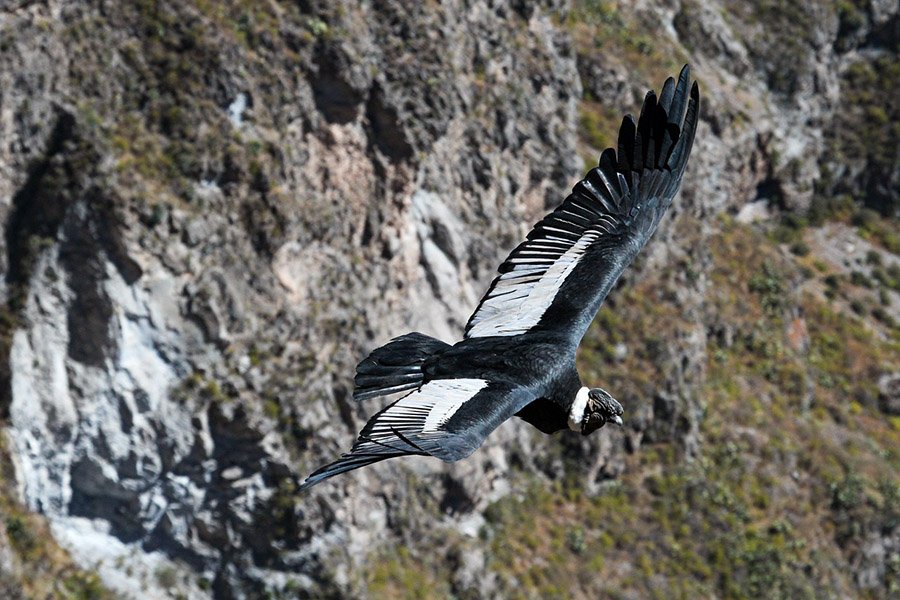
Where Does The Andean Condor Live?
The Andean Condor prefers lofty realms. It’s often found soaring along the Andean mountain range, which stretches from Venezuela in the north all the way down to Chile and Argentina in the south. In Ecuador, you’re likely to spot these magnificent birds in national parks like the Cotopaxi or the Cajas, riding the thermals above the high-altitude paramo grasslands and rugged mountain terrains.
Their habitat predominantly consists of open grasslands and alpine regions located up to 5,000 meters in altitude. They make their nests on inaccessible rock ledges up to 16,000 feet high, safe from most predators.
Adapted to cold mountainous climates, they ride the warm air currents, using their vast wings to soar gracefully without expending much energy. The condors have a vast range and may travel great distances in search of food, covering up to 200 kilometers in a single day.
Why and When Did The Andean Condor Become The National Animal of Ecuador?
The Andean Condor holds deep cultural and spiritual significance for the people of Ecuador and the broader Andean region. It is also the national animal of Colombia. Its symbolism traces back to the pre-Columbian era, where indigenous communities revered the bird as a symbol of the sky and the messenger between the realm of the living and the gods.
It’s associated with power, health, and liberty due to its expansive wingspan and ability to soar high into the sky, often disappearing into the clouds. The bird’s long lifespan, often exceeding 70 years in the wild, also led to it being a symbol of longevity and continuity.
The Andean Condor was chosen as the national animal of Ecuador due to its powerful representation of the nation’s indigenous roots and its omnipresence in the Andes, a geographical feature that shapes much of Ecuador’s landscape and culture. It serves as a reminder of the country’s rich history, biodiversity, and the need to preserve its natural wonders.
While the Andean Condor is broadly appreciated as a symbol, the balance between its conservation and the nation’s economic pursuits, like mining or urban development, has occasionally sparked debates. Some feel that more could be done to ensure the protection of its habitats in the face of rapid modernization.
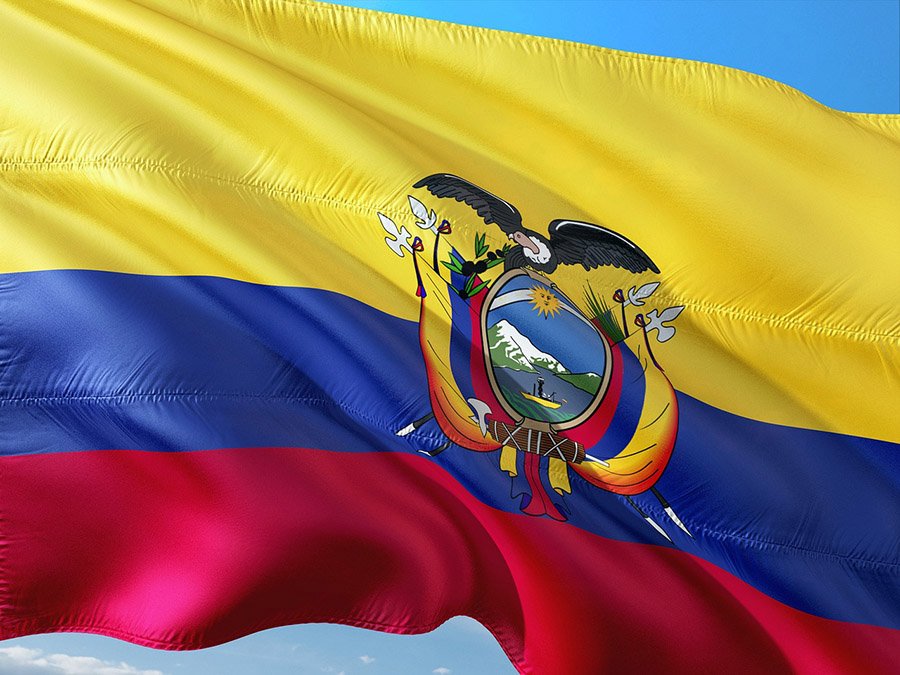
Where is The Andean Condor Featured in Ecuador?
The Andean Condor’s majestic presence can be found gracing Ecuador’s coat of arms. The emblem showcases the bird with its wings spread wide, symbolizing power, greatness, and strength. Above the bird, a golden sun surrounded by the astrological signs of Aries, Taurus, Gemini, and Cancer represents the duration of the March Revolution of 1845.
Though the condor isn’t featured on the nation’s currency, it has a consistent presence in Ecuador’s cultural festivals, art, and folklore. Many murals across the country, especially in the highland regions, depict the bird prominently. It has also been the muse for various songs, stories, and legends that have been passed down through generations.
Names of The Andean Condor
The Andean Condor, while universally recognized by its scientific name, Vultur gryphus, goes by several names depending on the region and language.
In Spanish, it is called “Cóndor Andino”. In Quechua and Aymara, indigenous languages of the Andes, the bird is referred to as “Kuntur” and “Kunturi”, respectively.
Across South America, especially in other countries the bird inhabits, such as Colombia, Bolivia, and Argentina, it’s typically referred to by variants of the term “Cóndor.”
Is The Andean Condor Endangered?
The Andean Condor is currently classified as “Vulnerable” by the International Union for Conservation of Nature (IUCN) Red List. Primary threats to its survival include habitat loss due to urban expansion, hunting, and poisoning, both intentional (due to local beliefs about its medicinal value) and unintentional (like lead poisoning from scavenging shot animals).
Ecuador, recognizing the bird’s cultural and ecological significance, has initiated various conservation programs. The country has established protected national parks and reserves to safeguard the habitats vital to the condor.
Educational campaigns also aim to inform the public about the importance of the bird and how to contribute to its survival. Collaborative efforts with neighboring Andean countries aim to create broader protective networks for the species.
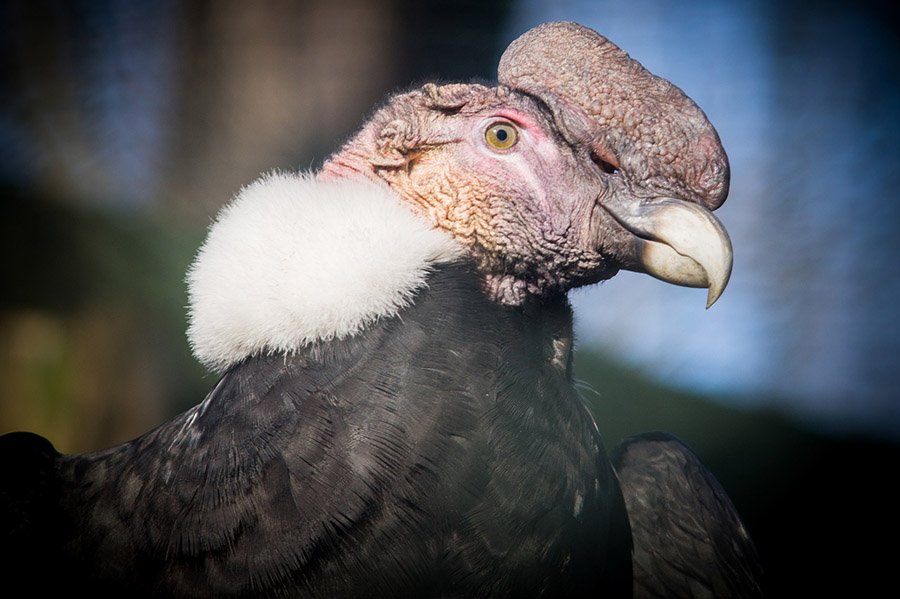
Interesting Facts About The Andean Condor
- Master of the Skies: With a wingspan reaching up to 10.5 feet (3.2 meters), the Andean Condor has one of the largest wingspans of any land bird, allowing it to soar for hours without flapping its wings.
- Scavenger by Nature: Despite its intimidating size and appearance, the Andean Condor primarily feeds on carrion. They play a crucial role in the ecosystem by disposing of dead animals.
- Sacred Symbol: The condor is one half of an Andean legend, where it represents the sky, and its counterpart, the serpent, symbolizes the Underworld. The puma stands for the living world, and together, these three animals hold deep cultural and spiritual significance in Andean cosmology.
- Slow to Reproduce: The Andean Condor has a slow reproductive rate. Females lay one egg every other year, and both parents share the responsibility of incubating the egg and raising the chick.
- Mountain Residents: These birds prefer high mountain regions, often resting and nesting at elevations of up to 16,000 feet (5,000 meters). They utilize thermal updrafts from the mountains to help them soar with minimal effort.
Other Beautiful Animals Native To Ecuador
Ecuador is a biodiverse nation boasting a variety of unique habitats, from the Amazon rainforest to the Andes mountains, and even the Galápagos Islands. Here are five notable native animals:
- Galápagos Tortoise (Chelonoidis nigra): This giant tortoise is native to the Galápagos Islands. These slow-moving reptiles can live for over a century and have become emblematic of the islands.
- Jaguar (Panthera onca): Found in the dense forests of the Amazon, the jaguar is the largest wild cat in the Americas. It’s known for its powerful build and beautiful rosette-patterned coat.
- Spectacled Bear (Tremarctos ornatus): The only bear native to South America, it’s named for the distinctive light-colored markings around its eyes, which can resemble glasses.
- Guianan Cock-of-the-rock (Rupicola rupicola): A vibrant orange bird known for its dramatic mating displays and unique appearance.
- Glass Frog (Centrolenidae): These small, translucent frogs are native to the rainforests of Ecuador. Their transparent underbellies allow you to see their internal organs.
Frequently Asked Questions
Why is the Andean Condor Ecuador’s national animal?
The Andean Condor is revered in Ecuador for its majestic appearance and cultural significance. For indigenous Andean cultures, the condor represents the sky and is seen as a messenger to the gods.
How many Andean Condors are left in the wild?
Exact numbers are challenging to determine due to the bird’s extensive range across the Andes. However, estimates suggest there are a few thousand left across South America, with numbers declining.
Is it illegal to hunt or harm the Andean Condor in Ecuador?
Yes, it’s illegal to hunt, capture, or harm the Andean Condor in Ecuador. The bird is protected by law given its vulnerable status and cultural significance.
What efforts are in place in Ecuador to protect the Andean Condor?
Ecuador has established national parks and reserves to protect vital habitats for the condor. Furthermore, educational campaigns have been launched to raise public awareness about the bird’s importance and conservation.
Are there places in Ecuador where one can see the Andean Condor in the wild?
Yes, places like the Cajas National Park and the Antisana Ecological Reserve offer opportunities for birdwatchers and tourists to spot the Andean Condor in its natural habitat.
